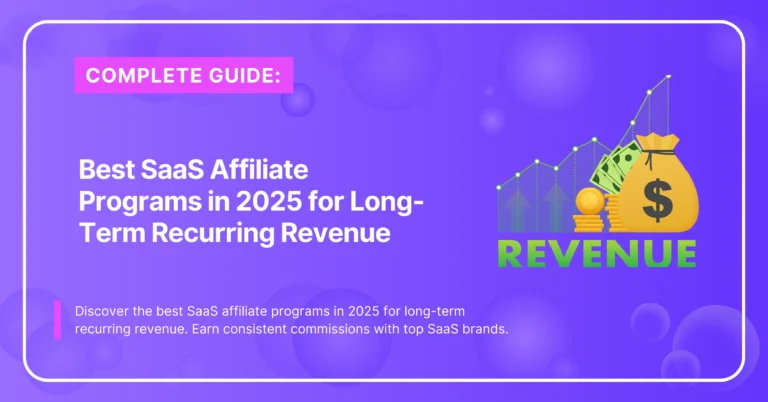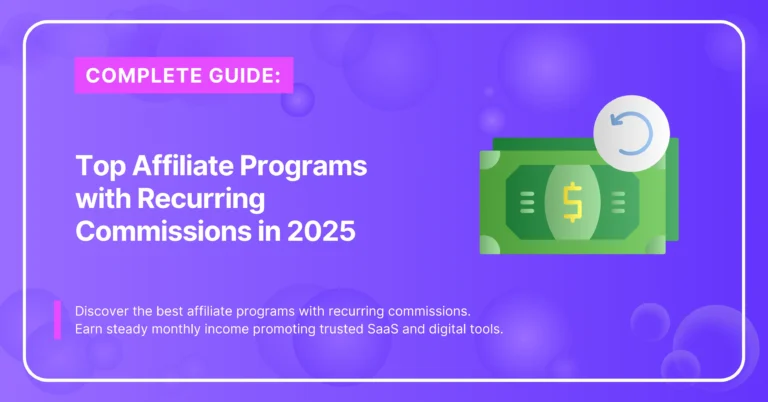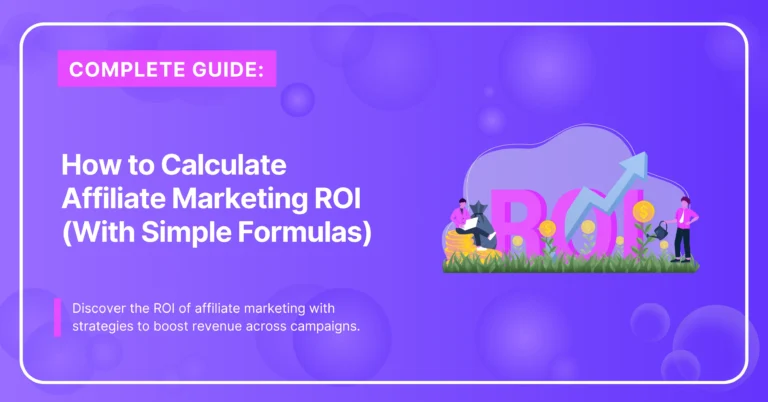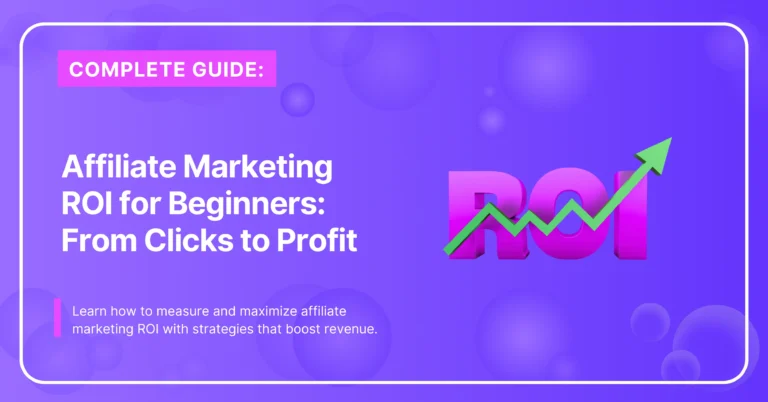In the rapidly evolving world of SaaS, one thing is clear—going it alone can only take you so far. Partner ecosystems have shifted from nice-to-have to a core growth motion.
The right affiliate partner program extends your reach into new regions and verticals, adds implementation capacity you don’t have in-house, and embeds your product more deeply through integrations and certified services.

Make Money With AI
Join our Partner Programs!
Boost your reputation, drive revenue and grow your business with CustomGPT.ai.
Think of your partner motion as a system that coordinates demand, sales, delivery, and customer success—so partners create value alongside you rather than around you.
But with hundreds of SaaS partner programs out there—each offering different perks, commissions, and levels of support—how do you know which one is truly worth your time?
In this guide, we’ll break down the best SaaS partner programs available today, what sets them apart, and how to choose the one that aligns with your business goals.
Defining SaaS Partner Programs
A SaaS partner program is a structured framework for collaborating with external firms—agencies, resellers, ISVs, systems integrators, and affiliates—to co-market, co-sell, implement, or extend your product.
Structure matters because it turns “we want partners” into repeatable outcomes:
- Tiers define who gets what,
- Certifications protect quality, and
- Rules of engagement prevent channel conflict.
When these elements are clear, partners know how to invest, customers know what to expect, and your team knows how to support and measure the motion.
Core Objectives and Benefits
A key objective of SaaS partner programs is to create a scalable framework that aligns partner incentives with long-term business growth. This alignment is not just about revenue generation but also about fostering innovation and expanding market reach through collaborative expertise.
A good program aligns incentives so both sides win on the same outcomes—pipeline, revenue, adoption, and retention. By integrating partners into the value chain, SaaS companies can address diverse customer needs more effectively, creating a competitive edge.
In practice, that means:
- Coverage you can’t hire overnight. Partners add regional presence, language skills, and domain expertise so you can enter or grow markets faster.
- Credibility at the moment of choice. Trusted third parties open doors and de-risk decisions for buyers, especially in new categories.
- Faster, smoother implementations. Certified partners bring repeatable playbooks and local delivery capacity that shorten the path to value.
- Stickier product usage. Integrations, templates, and services help your product live inside the customer’s daily workflow.
- Feedback loops that improve the product. Field signals from partners surface integration needs, adoption blockers, and training gaps early.
Types of SaaS Partner Programs
SaaS partner programs are not one-size-fits-all; their effectiveness depends on aligning the program type with specific business objectives. Each model—referral, reseller, integration, and co-marketing—addresses unique challenges and opportunities, making it essential to understand their mechanics and applications.
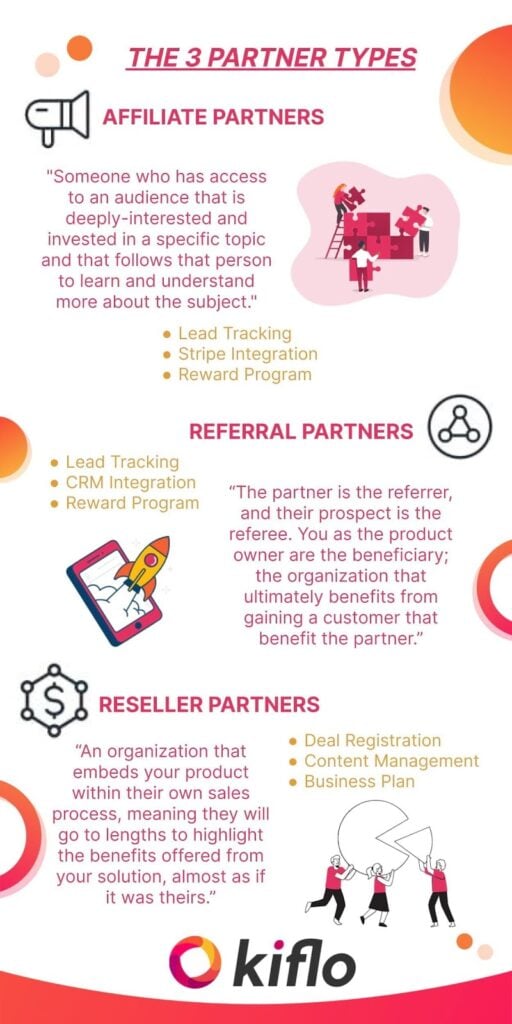
1. Referral / Affiliate Programs
Perfect for: Influencers, bloggers, consultants, or anyone with an audience.
These affiliate programs reward you for sending new customers to a SaaS product—usually through a unique tracking link. It’s low-effort, low-risk, and ideal if you don’t want to handle billing or customer service.
2. Reseller / Solutions Partner Programs
Perfect for: Agencies, IT consultants, managed service providers.
In reseller/solution partner programs, you sell the SaaS product directly to your clients, often with a discount or custom pricing. You may also provide implementation and support—so it’s more hands-on, but with higher earning potential.
3. Technology / ISV Integration Partnerships
Perfect for: SaaS companies, developers, and product teams.
This type involves building integrations between your product and the partner’s platform. It’s a strategic way to increase product value, tap into each other’s user bases, and drive stickiness through interoperability.
4. Co-marketing & Strategic Alliances
Perfect for: Marketing teams, content creators, growth strategists.
This involves working together on joint campaigns—like webinars, ebooks, or events—to reach a shared audience. While revenue isn’t always the immediate goal, co-marketing builds brand awareness and trust fast.
By selecting the right program type, businesses can optimize for growth, technical innovation, or market penetration, ensuring their partnerships deliver measurable value.
| Program Type | Primary Goal | Ideal Sales Motion | Enablement Needed | Illustrative Examples |
| Referral / Affiliate | Efficient new logos via trusted voices | PLG / self-serve | Clear messaging, tracking, payouts | Product referral programs; affiliate platforms |
| Reseller / Solutions Partner | Win and deliver complex deals | Mid-market / Enterprise | Certifications, playbooks, deal-reg | Consulting & SI tracks |
| Technology / ISV | Extend product + drive discovery | Platform / Marketplace | APIs, SDKs, app review, listing ops | App marketplaces, integration hubs |
| Co-marketing | Awareness + pipeline acceleration | Any (shared ICP) | Joint narrative, shared analytics, MDF | Webinars, ebooks, field events |
How to Evaluate a SaaS Partner Program
Before you apply, read a program the way a careful investor reads a term sheet. Start with a narrative “what this is designed to do,” then examine the mechanics that will determine your day-to-day reality.
- Strategic fit: Does the ecosystem overlap your ICP and regions? Do partners already sell into your target verticals? Is there a path from awareness to opportunity to close?
- Program design: Are tiers, benefits, and obligations clear? Are certifications mapped to real skills? Do rules of engagement minimize channel conflict?
- Commercial model: Are margins, referral fees, revenue share, MDF, and deal-reg SLAs explicit? Do incentives drive the behaviors you need (sourcing, co-selling, retention)?
- Enablement & support: Will you get onboarding, playbooks, demo environments, content co-creation, and access to a responsive partner team?
- Technical & security: Are APIs, SDKs, and review processes documented? Is there a sandbox, and are integration guidelines practical? How are security, privacy, and data-handling enforced?
- Go-to-market mechanics: How does marketplace listing, lead flow, and co-sell actually work? Who owns what at each stage, and how do handoffs happen?
- Proof & references: Are there credible case studies, partner directories, or references you can vet—beyond marketing copy?
Criteria for Selection (make one decision now, not five later)
Don’t try to spin up four motions at once. Pick one primary program that maps to your current bottleneck, then add a complementary second motion once you’ve proven repeatability.
Recommended criteria (and how to apply them)
- Go-to-market alignment: Choose the motion that solves your most immediate constraint: lead flow (referral/affiliate), enterprise close rates (solutions/reseller), or ecosystem pull (ISV/marketplace).
- Where your buyers already are: If your ICP purchases via a cloud or marketplace, start there—discovery and procurement friction are already solved.
- Enablement you can actually support: Be honest about bandwidth for certifications, content, demos, and events. Under-support kills partner momentum.
- Commercial clarity & channel safety: Prioritize programs with clear rev-share/margins. Favor programs with clean deal-reg rules, conflict resolution, and clear territories so partners aren’t guessing where they stand.
- Technical fit: If adoption depends on integrations, choose programs with strong APIs, sandboxes, and app-review guidance.
The Top 5 SaaS Partner Programs to Explore
Here are five popular SaaS partner programs that can help you grow your business.
1) CustomGPT.ai – Build & Sell AI Solutions
What it is: CustomGPT.ai helps businesses create their own AI assistants without needing to be AI experts. As a partner, you can offer these assistants to your clients or help them set up the technology.
Key features:
- Easy-to-use tools for building AI chatbots.
- Options for both service providers (who deliver projects for clients) and affiliates (who refer customers).
- Ready-made templates and guides so you can get started quickly.
- Ongoing support from their partner team to help you succeed.
Why it’s beginner-friendly: You don’t need to know how to code—just follow their process and you can be delivering AI solutions in days.

Make Money With AI
Join our Partner Programs!
Boost your reputation, drive revenue and grow your business with CustomGPT.ai.
2) Salesforce – A Big Ecosystem to Tap Into
What it is: Salesforce is one of the most well-known CRM platforms, and their partner program connects you to a huge customer base. You can either build apps for Salesforce or offer services to help clients use it better.
Key features:
- Two main tracks: build an app or provide services.
- Training and certifications so you can market yourself as a trusted expert.
- Access to Salesforce’s marketplace where customers can find your offering.
- Co-marketing opportunities to promote your services or apps.
Why it’s beginner-friendly: If you already work with business software or want to learn, Salesforce provides a clear step-by-step path.
3) AWS (Amazon Web Services) – Cloud Power for Your Clients
What it is: AWS offers hosting, storage, and many cloud-based tools. Their partner program helps you sell, integrate, or build on top of AWS.
Key features:
- Support for both technical builders and consulting businesses.
- Access to resources and training to help you deliver cloud solutions.
- Opportunities to work alongside AWS on projects.
- A wide range of services to package for different industries.
Why it’s beginner-friendly: If you’re new to cloud technology, AWS offers guided learning and entry-level certifications.
4) HubSpot – Helping Businesses Grow
What it is: HubSpot is a marketing, sales, and customer service platform. Their partner program is aimed at agencies and consultants who help clients set up and use HubSpot.
Key features:
- Publicly listed tiers that show your level of experience and benefits.
- Free training and certifications to learn the tools.
- A partner directory where potential clients can find you.
- Tools to help you deliver and track marketing campaigns.
Why it’s beginner-friendly: HubSpot is known for its user-friendly design and clear learning materials—great for those new to SaaS partnerships.
5) Shopify – Powering Online Stores
What it is: Shopify helps people create and run online stores. Their partner program is for developers, designers, and agencies who want to build or customize stores.
Key features:
- Multiple ways to earn: creating stores, designing themes, developing apps, or referring clients.
- Access to test stores so you can practice without risk.
- Documentation and tutorials to help you learn.
- A large marketplace where customers can discover your work.
Why it’s beginner-friendly: If you enjoy e-commerce or web design, Shopify gives you tools, training, and customers in one place.
Quick Comparison Table
| Program | Best For | How You Can Work With Them | Getting Started Level |
| CustomGPT.ai | Agencies & consultants wanting to offer AI chatbots | Build AI solutions or refer customers | Easy – no coding required |
| Salesforce | Businesses targeting corporate clients | Build apps or provide services | Moderate – training required |
| AWS | Cloud solution providers | Sell, integrate, or build on AWS | Moderate – certifications help |
| HubSpot | Marketing & sales consultants | Set up and manage HubSpot for clients | Easy – beginner-friendly learning |
| Shopify | E-commerce agencies & developers | Build stores, themes, or apps | Easy to Moderate – learn as you go |
Emerging Trends You Should Track
As ecosystems mature, the differentiator shifts from “having a program” to how you orchestrate distribution, services, and integrations.
- Validation-first co-sell. More providers tie joint selling to solution badges and proven delivery.
- Service-led adoption. Buyers expect packaged outcomes—templates, playbooks, and quick-start bundles—not just licenses.
- Integration as distribution. Marketplaces and catalogs are now discovery engines; listing operations is a real GTM function.
- Partner-visible data. PRMs that show attribution, stage progress, and post-sale health keep partners focused and honest.
- Vertical depth. Programs increasingly reward industry expertise—compliant templates, integrations, and references by vertical.
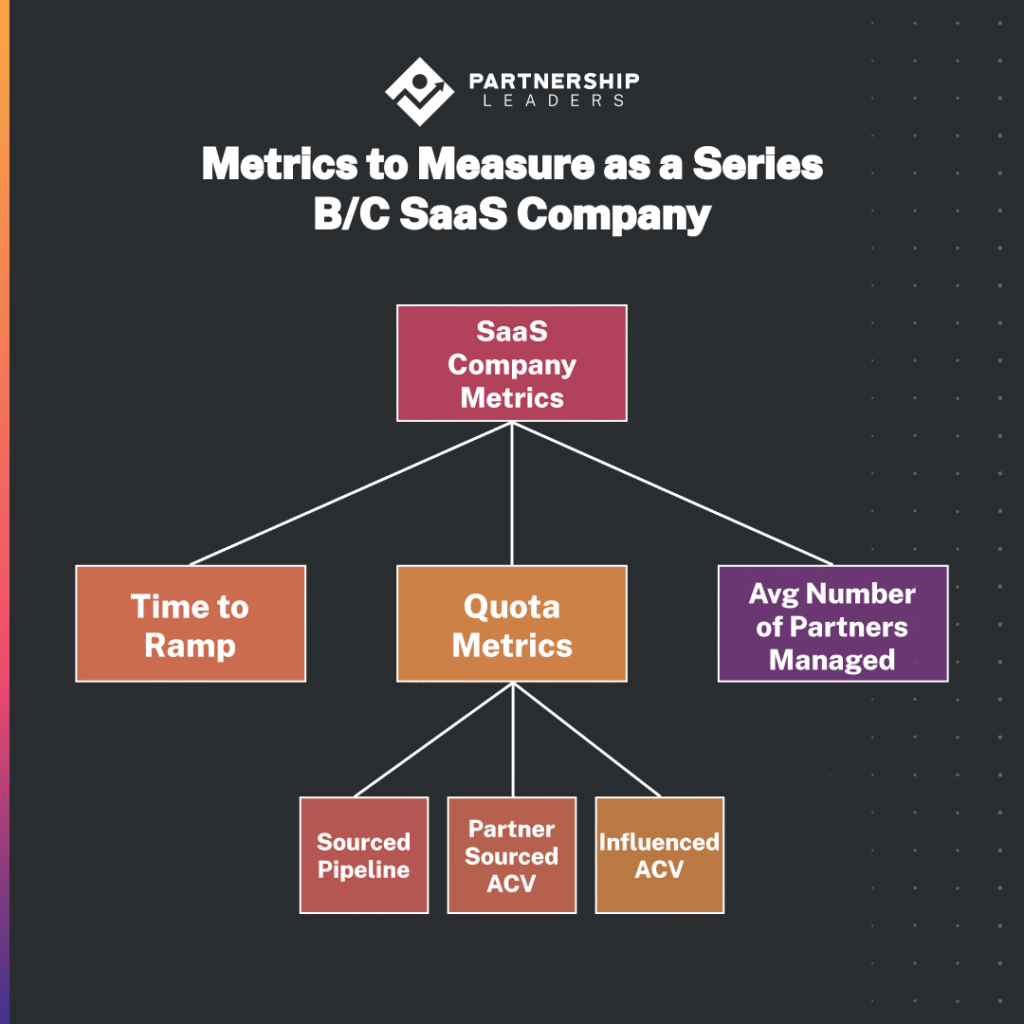
What Top Programs Have in Common (Tips)
Great programs look boring on paper because they’re predictable in practice. That’s the point.
- Clear, tiered incentives tied to verified capability and outcomes.
- Serious enablement that partners can actually use: certifications, demo environments, solution playbooks, and content co-creation.
- Technical guardrails that keep quality high: documented APIs, review guidelines, and stable release cycles.
- Marketplace + co-sell mechanics that connect listing visibility to real opportunities and clean handoffs.
- Closed-loop data so everyone sees what’s working and fixes what isn’t.
FAQs
What’s the best place to start if I’m new to partnerships?
Pick one motion that solves your most urgent constraint—referral/affiliate for PLG lead flow, solutions/reseller for enterprise delivery, or ISV/marketplace for ecosystem pull. Assign a single owner and commit to 60–90 days of focused enablement.
Do I need a marketplace listing for success?
Not always. If your buyers live on a platform, a listing helps with discovery and trust. If your strategy is services-led, start with a solutions/reseller track and add a listing once you have repeatable packages.
How do I avoid channel conflict with my direct team?
Publish deal-reg rules, define territories, and set simple criteria for who leads at each stage. Review conflicts quickly and document outcomes so partners and reps learn the pattern.
How many partners should I recruit at first?
Fewer than you think. It’s better to enable a small set deeply than sign many and support none. Start with a handful whose ICP, geography, and competencies match your goals.
What should be in a partner agreement?
Scope of activities, branding guidelines, data handling/security, compensation mechanics, termination terms, and a clear dispute-resolution path. Keep the first version simple and evolve as the motion matures.
Conclusion & Next Step
SaaS partner programs can be powerful levers for scaling your business—whether you’re looking to earn passive income, expand your service offerings, build integrations, or amplify your brand through co-marketing.
By understanding the key types—Referral, Reseller, Technology Integration, and Co-Marketing—you can make a smart, informed decision that brings lasting value to both you and your partners.
Remember: the best SaaS partnership isn’t just about the perks—it’s about building relationships, trust, and mutual growth. Ready to add an AI revenue stream without extra overhead? Join the CustomGPT.ai Affiliate Program and start referring customers today.
Build a Custom GPT for your business, in minutes.
Drive revenue, save time, and delight customers with powerful, custom AI agents.
Trusted by thousands of organizations worldwide





